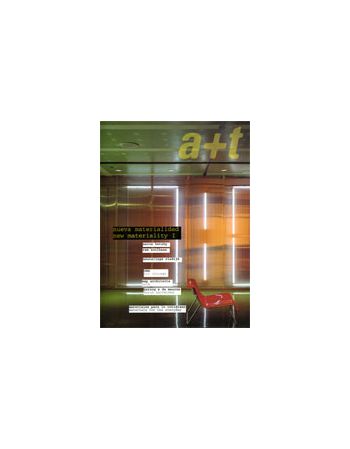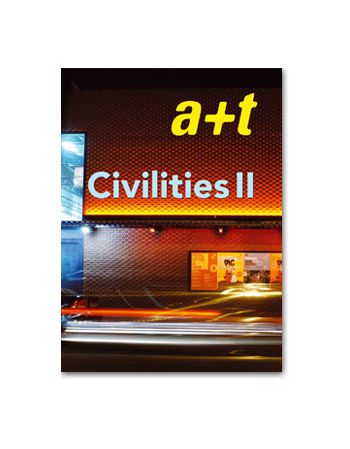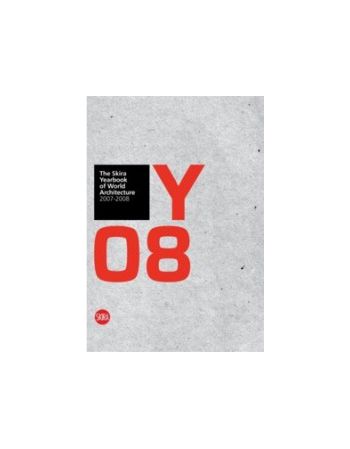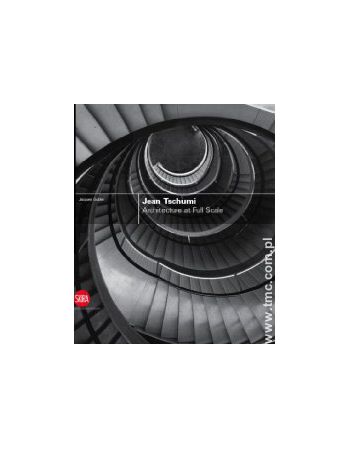Wydarzenia
Brak wydarzeń
a+t 23 New materiality I
A+T 31: HYBRIDS I High-Rise...
Dostępność: na zamówienie Redakcja 'a+t' obiera nowy kierunek w swoich analizach architektonicznych. Prezentują oni nową serię wydawnictwa, która skupia sie na budynkach hybrydowych. Specyficzne w swoim design i sposobie działania, tworzą nową generację struktur, które pozwalają na kombinację różnych programów i połączenie rozmaitych funkcji takich jak "mieszkaniówka", przestrzenie publiczne, biura oraz infrastruktura. Pojawią sie w tym wydaniu projekty od takich architektów i zespołów jak - Steven Holl Architects (Linked Hybrid w Pekinie); RCR arcquitectes (The Edge w Dubaju), Puteaux od Jean Nouvel oraz projekt OMA (Dubai Renaissance w Dubaju).
A+T 30: CIVILITIES II
Dostępność: na zamówienie Civic facilities are more than just utilitarian areas like libraries, kindergartens and sports fields, they also behave as focal points for cultural life and service nodes driving activities that extend far beyond their initial designation. Civilities II examines a selection of projects that are closely related to their location; some form part of urban regeneration projects, some are located in the middle of private territory, while others support life in an otherwise unsupportive environment.
A+T 32 HYBRIDS II Low-Rise...
Dostępność: na zamówienie Specific in their use and design, hybrid structures are able to combine different programmes and encourage a variety of urban uses that blend private activities with the public realm. Building on an earlier volume examining the uses and applications of hybrids, this edition brings together a new collection of ten low-rise, mixed use building projects. Unlike vertical hybrids, these horizontal hybrids are able to disguise themselves in the landscape, separate into independent elements and renounce iconic character in favour of invasive qualities.
Skira Yearbook of World...
Dostępność: na zamówienie Skira presents the first-ever architecture yearbook to take stock of global architecture. Although there are several national yearbooks, such as the Dutch Yearbook, Riba Yearbook, and German Yearbook, there are no publications on the international market that take this global approach. The Skira Architecture Yearbook features over one hundred of the most interesting projects built or designed during the past year.







